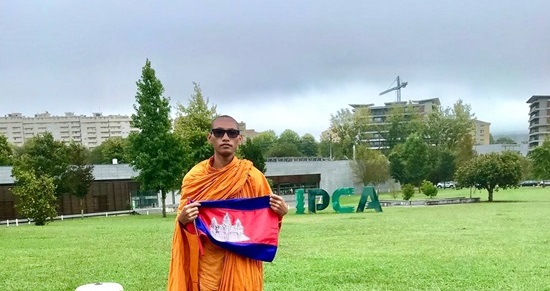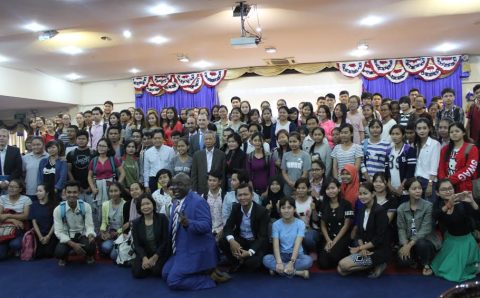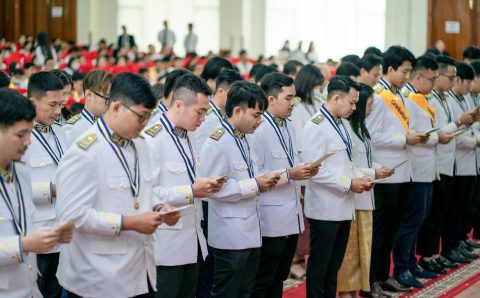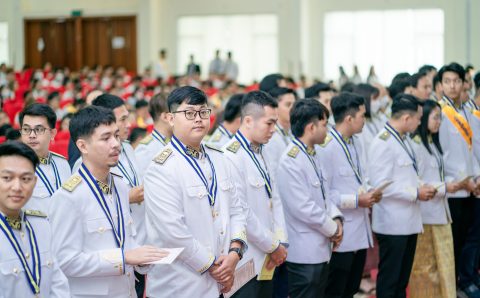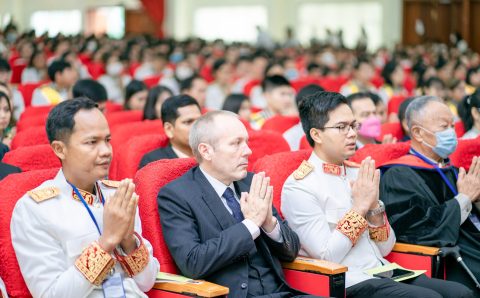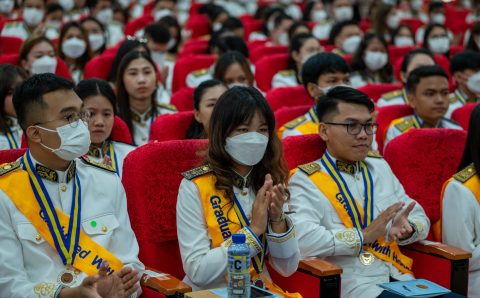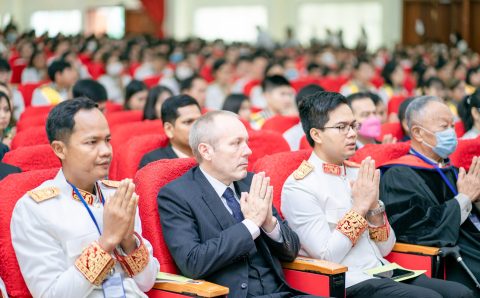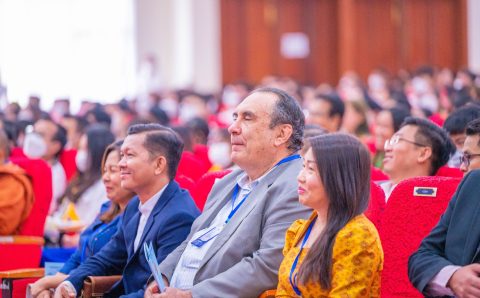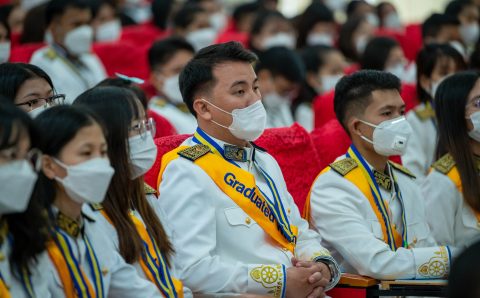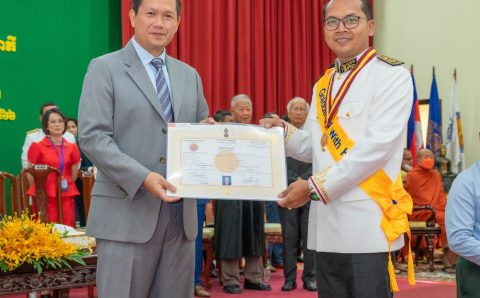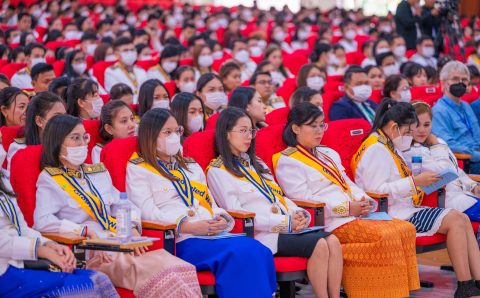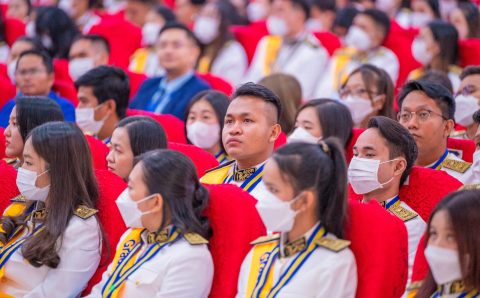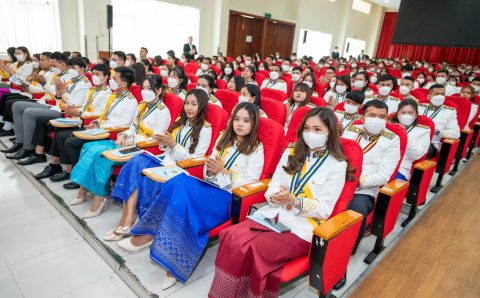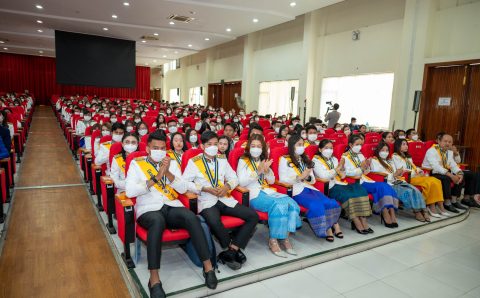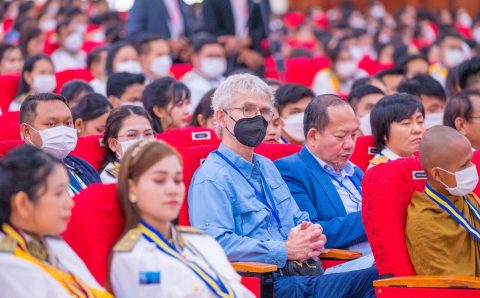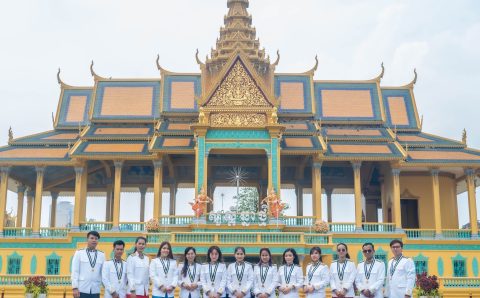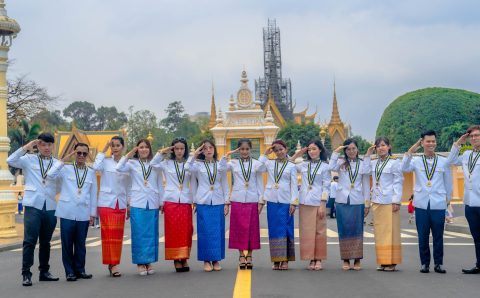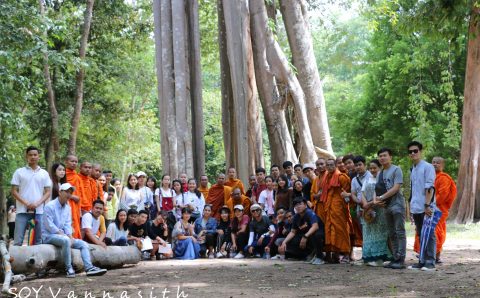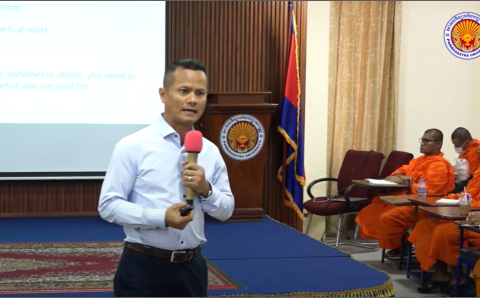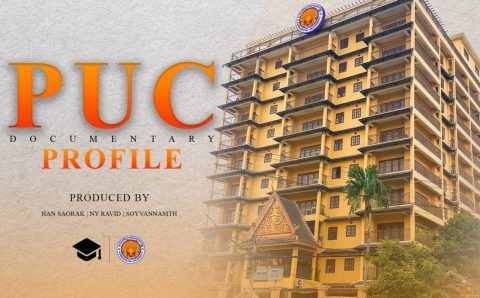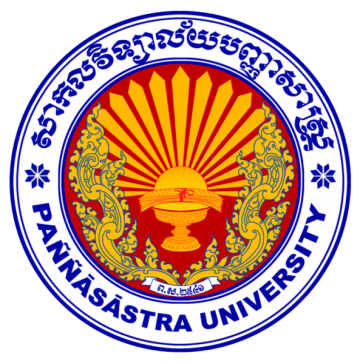About PMC
March 18, 2021 2025-01-24 9:30About PMC
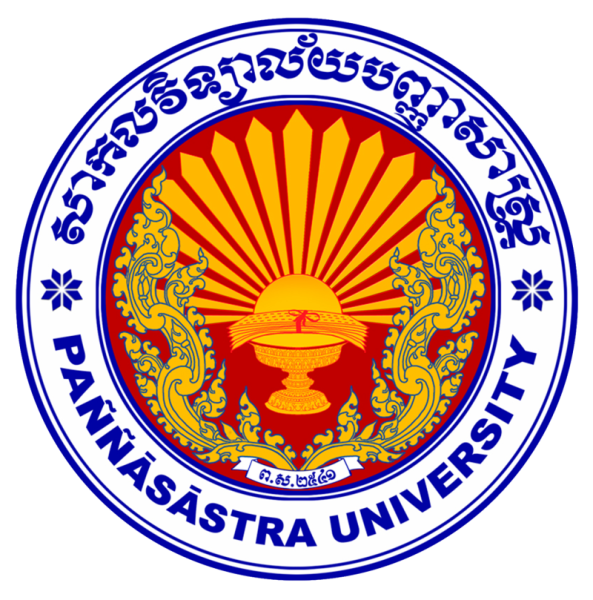
If you are looking for a information, an expert to interview for a story, a content promoter, or researching a popular topic, the PMC can help.
Paññāsāstra Media and Communication (PMC)
In the modern age, where information travels faster than ever, media and communication play a pivotal role in shaping the reputation and success of universities. Effective communication strategies and robust media engagement are essential for institutions to remain competitive, attract top talent, and foster positive relationships with their stakeholders. Here, we explore the key benefits of media and communication for universities.
1. Enhancing Reputation and Visibility
A university’s reputation is one of its most valuable assets. By leveraging media and communication effectively, universities can:
- Showcase Achievements: Highlight research breakthroughs, academic excellence, and student success stories.
- Promote Events: Publicize conferences, cultural events, and guest lectures to engage the local and global community.
- Build Global Awareness: Gain visibility among international students and scholars through strategic media outreach.
2. Attracting Students and Faculty
Media and communication efforts directly impact a university’s ability to attract top-tier students and faculty. Key benefits include:
- Compelling Storytelling: Showcasing student testimonials, faculty expertise, and campus life through videos, articles, and social media campaigns.
- Reaching a Wider Audience: Using digital media platforms to connect with prospective students and faculty worldwide.
- Brand Differentiation: Establishing a unique identity that sets the university apart from competitors.
3. Strengthening Alumni Engagement
Alumni are vital ambassadors and supporters of a university. Effective communication strategies help:
- Foster Community: Keep alumni connected with newsletters, social media, and personalized updates.
- Encourage Giving: Inspire alumni to contribute through well-crafted fundraising campaigns.
- Celebrate Success: Share alumni achievements to strengthen ties and showcase the university’s impact.
4. Supporting Research and Innovation
Media and communication amplify the impact of a university’s research and innovation by:
- Increasing Awareness: Promote groundbreaking studies to the public, policymakers, and funding bodies.
- Building Collaborations: Attract industry partnerships and research grants by highlighting expertise and achievements.
- Simplifying Complex Ideas: Translate academic research into digestible content for diverse audiences.
5. Crisis Management
Universities, like all organizations, face challenges that require clear and transparent communication. Effective media strategies enable:
- Timely Responses: Address crises swiftly to minimize misinformation and protect the institution’s reputation.
- Maintaining Trust: Demonstrate accountability and empathy to stakeholders during difficult times.
- Proactive Planning: Prepare for potential issues with crisis communication plans and trained spokespeople.
6. Building Community and Stakeholder Relationships
Universities play a central role in their communities. Communication fosters:
- Collaboration: Strengthen ties with local governments, businesses, and nonprofits.
- Inclusivity: Share initiatives that promote diversity, equity, and inclusion on campus and beyond.
- Engagement: Keep students, parents, faculty, and staff informed and involved in university activities.
7. Leveraging Digital Media for Innovation
The rise of digital platforms has transformed how universities communicate. Benefits include:
- Real-Time Updates: Share news and announcements instantly through social media and websites.
- Interactive Campaigns: Engage audiences with polls, live streams, and virtual tours.
- Data-Driven Insights: Use analytics to refine strategies and improve audience targeting.
We, PMC
Media and communication are no longer optional for universities—they are essential tools for growth, success, and sustainability. By embracing innovative strategies and maintaining a proactive approach, universities can strengthen their reputation, attract talent, and create meaningful connections with their stakeholders.
At its core, effective communication is about telling the university’s story—one that inspires, educates, and connects. With the right media and communication practices in place, universities can continue to thrive in an increasingly competitive and interconnected world.
What We Offer
At PMC , we provide a comprehensive suite of Media and Communication services designed to help organizations, businesses, and institutions amplify their voice, engage their audience, and achieve their goals. Whether you're looking to enhance your brand presence, manage public perception, or streamline internal communication, our tailored services are here to support you.
Our Media and Communication Services
Media Relations
- Press Release Development and Distribution: Crafting compelling press releases and distributing them to targeted media outlets.
- Media Outreach: Building and maintaining relationships with journalists and influencers to secure coverage.
- Event Publicity: Promoting events to maximize attendance and media exposure.
Public Relations (PR)
- Reputation Management: Monitoring and maintaining a positive public image for your organization.
- Crisis Communication: Providing strategic advice and communication plans during crises to protect your reputation.
- Thought Leadership: Positioning you or your organization as an industry leader through strategic messaging and media opportunities.
Content Creation and Storytelling
- Editorial Content: Writing articles, blogs, and opinion pieces that resonate with your audience.
- Multimedia Content: Producing videos, podcasts, and infographics to engage and inform.
- Social Media Content: Crafting posts and campaigns tailored to each platform for maximum impact.
Internal Communication
- Employee Engagement: Creating newsletters, intranet content, and campaigns to keep your team informed and motivated.
- Change Management Communication: Supporting organizational changes with clear, empathetic messaging.
- Leadership Messaging: Assisting executives in delivering impactful internal announcements.
Digital Communication
- Social Media Management: Strategizing, creating, and managing content for platforms like Facebook, LinkedIn, Twitter, and Instagram.
- Email Marketing: Designing and executing email campaigns to nurture and engage audiences.
- Website Content Development: Creating dynamic, SEO-friendly content that drives traffic and conversions.
Crisis Communication and Issues Management
- Strategic Planning: Developing preemptive strategies to handle potential crises.
- Media Coordination: Acting as a liaison with the media during challenging times.
- Post-Crisis Analysis: Reviewing and refining crisis response strategies for future preparedness.
Training and Workshops
- Media Training: Equipping spokespeople with the skills to handle media interviews effectively.
- Communication Skills Workshops: Helping teams improve their communication skills for internal and external audiences.
- Social Media Best Practices: Training organizations on how to leverage social media strategically.
Event Communication
- Event Promotion: Creating buzz and awareness for events through media and digital campaigns.
- On-Site Media Management: Coordinating with media professionals to ensure seamless event coverage.
- Post-Event Reporting: Analyzing and showcasing the success of events through detailed reports and media highlights.
Media Monitoring and Analytics
- Coverage Tracking: Monitoring mentions across print, digital, and broadcast media.
- Sentiment Analysis: Assessing public perception and response to your campaigns.
- Performance Reporting: Providing detailed insights to measure the impact of your communication strategies.
Strategic Campaign Development
- Integrated Campaigns: Combining traditional and digital media strategies for maximum reach and impact.
- Brand Awareness Campaigns: Increasing visibility and recognition through targeted efforts.
- Advocacy Campaigns: Driving support for specific causes or initiatives.
Why Choose Our Services?
- Tailored Solutions: We understand that every organization is unique. Our services are customized to meet your specific needs and goals.
- Expert Team: Our team of seasoned professionals brings expertise across various industries and platforms.
- Results-Driven Approach: We focus on measurable outcomes to ensure your investment delivers tangible results.
- Comprehensive Support: From strategy to execution, we’re with you every step of the way.
Photo Library
Contact Media Relations
Media Relations
Soy VannaSeth
Photo Services
SOY VannaSeth
Information Center
SOY VannaSeth

